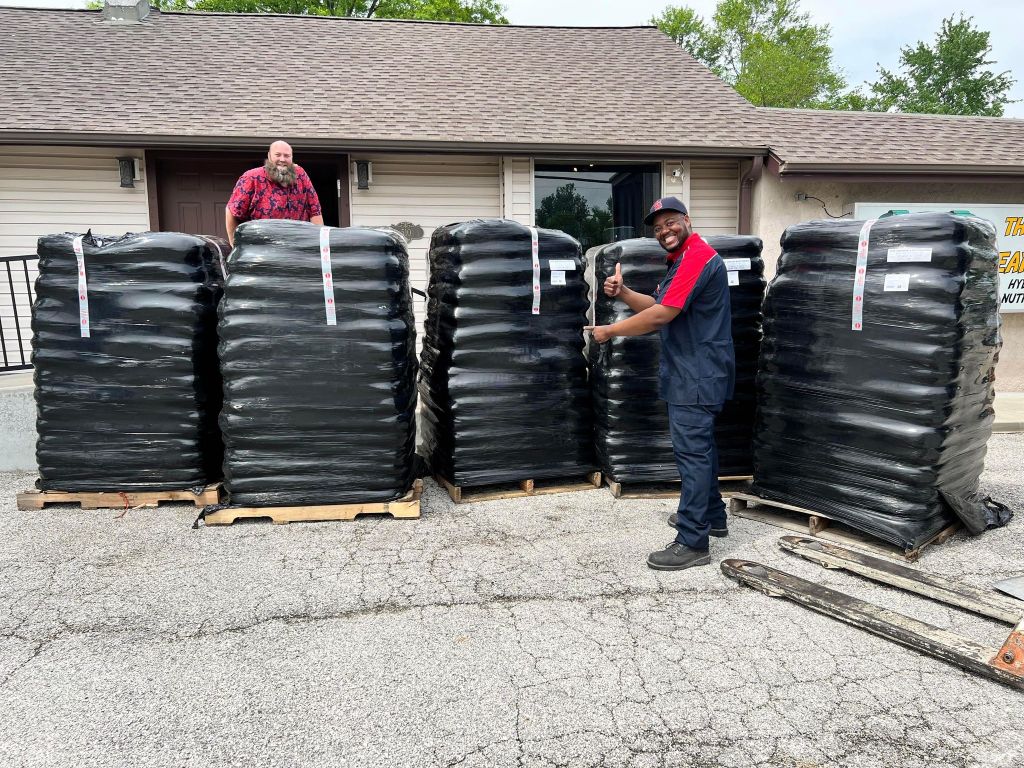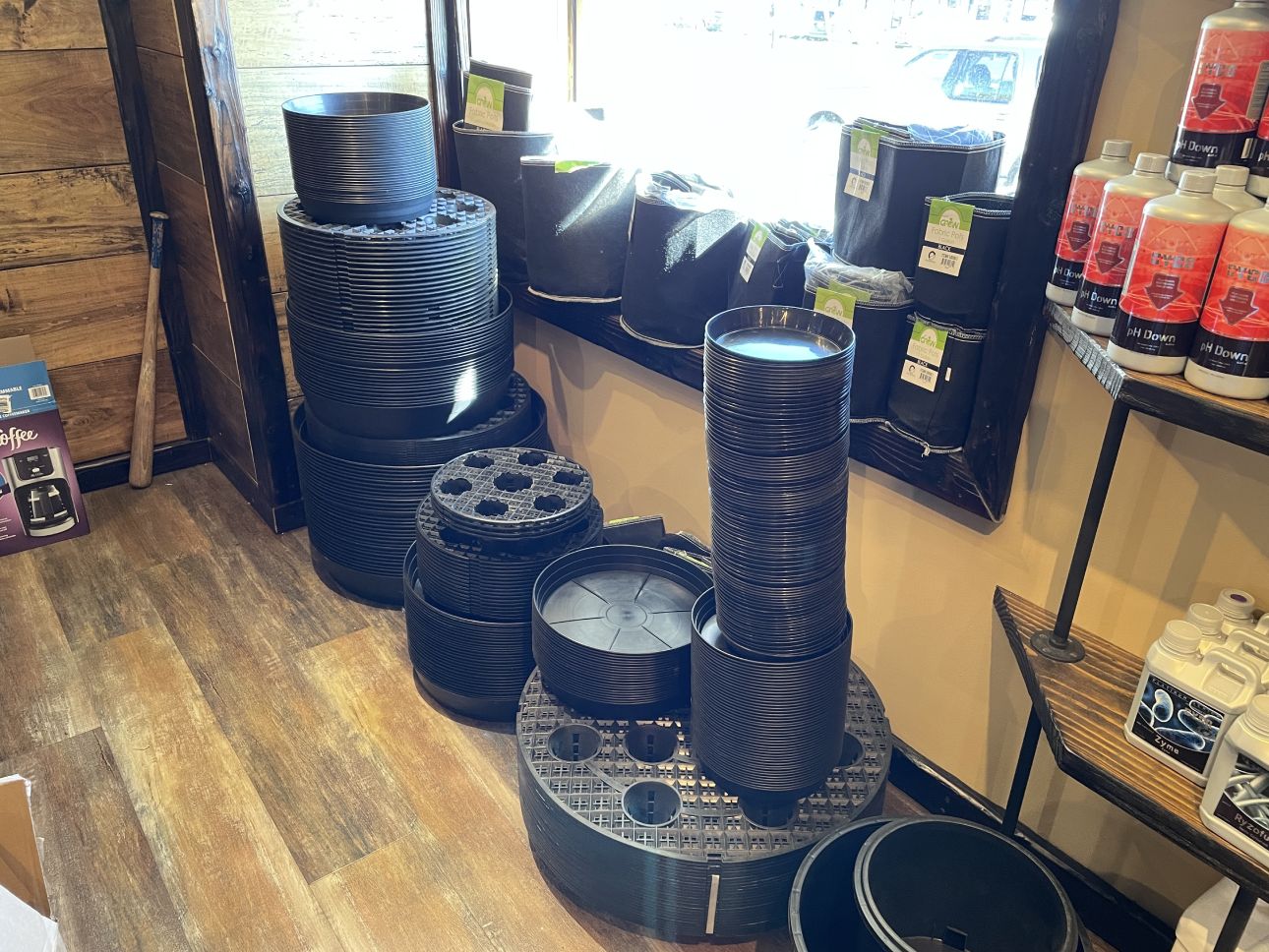Elevate Your Gardening Video Game: Unveiling The Indoor Earthworm Growing Method
Wiki Article
Opening the Possible of Hydroponics: Comprehending Its Uses and Different Types
Hydroponics, a method of cultivating plants without soil, has actually amassed boosting focus for its potential to reinvent agriculture and cultivation techniques. The precision control over nutrient shipment, water usage, and environmental factors provides a look right into a future where food production can be enhanced in different settings. As we navigate through the complex landscape of hydroponic systems and methods, it comes to be noticeable that each approach holds distinct benefits and restrictions. By unwinding the varied usages and kinds of hydroponics, we can uncover a world of opportunities that might improve just how we picture lasting farming and horticulture techniques.Advantages of Hydroponic Solutions

Another advantage of hydroponic systems is the ability to grow plants in a smaller room. By removing the requirement for dirt, plants can be grown vertically or in piled systems, making best use of using available room. This is especially useful in metropolitan areas or areas with limited cultivable land. Additionally, hydroponic systems minimize the danger of soil-borne conditions and parasites, as there is no dirt to nurture these dangers. This causes healthier plants and lowers the demand for dangerous chemicals, making hydroponic farming a more sustainable and eco-friendly choice.
Common Makes Use Of in Farming

Offered the reliable water conservation and space-saving benefits of hydroponic systems, it is apparent that these ingenious agricultural methods have actually found common usages in numerous industries of agriculture. The controlled setting of hydroponic systems allows year-round farming, providing a constant supply of fresh fruit and vegetables no matter of outside climate conditions.
Hydroponics is generally utilized for expanding a selection of plants, including leafed greens, tomatoes, cucumbers, peppers, herbs, and strawberries. Additionally, hydroponic systems are used in research and instructional setups to examine plant nourishment, development, and growing methods.
Discovering Different Hydroponic Techniques
Hydroponic systems offer an array of methods that provide to different plant kinds and farming goals. Additionally, the Ebb and Circulation system, additionally recognized as the Flood and Drainpipe system, intermittently floods the plant roots with nutrient solution, allowing for oxygenation during draining pipes durations. Each of these techniques showcases the adaptability and efficiency of hydroponic systems in enhancing plant development and yield.Comparing Various Hydroponic Equipments
Discovering the performance and yield enhancement methods in hydroponics leads us to contrast various hydroponic systems available for crop cultivation. Each hydroponic system has its distinct attributes, advantages, and restrictions, making it vital for farmers to choose one of the most appropriate system based on their certain demands and constraints.One of one of the most usual hydroponic systems is the nutrient film technique (NFT), where a thin movie of nutrient remedy continually streams over the plant origins. This system is prized for its water effectiveness and viability for growing leafed environment-friendlies and natural herbs. On the other hand, the deep water society (DWC) system submerges plant roots straight into the nutrient remedy, giving ample oxygen and nutrients. The DWC system is reasonably basic and cost-efficient, making it a prominent option for newbies.
An additional preferred hydroponic system is the ebb and circulation (or flooding and drain) system, which periodically floodings the plant origins with nutrient option prior to draining it. By understanding the distinctions between these hydroponic systems, farmers can make informed choices to make the most of plant yield and quality.
Developments in Hydroponic Modern Technology
One key technology is the development of clever hydroponic systems that use sensing units and automation to monitor and readjust ecological problems such as pH levels, nutrient concentrations, and light exposure in real-time. These systems make it possible for exact control over expanding problems, leading to optimal plant development and higher crop returns.An additional significant improvement is the assimilation of vertical farming strategies with hydroponic systems, permitting the farming of crops in piled layers. This vertical strategy takes full advantage of room utilization, making it perfect for city settings where land Clicking Here accessibility is limited - The Indoor Earthworm. Additionally, making use of sophisticated LED lights systems tailored to details plant demands has actually enhanced energy performance and improved growth rates in hydroponic configurations
Advancements like these are driving the evolution of hydroponics, making it a highly appealing and sustainable alternative for modern agriculture.
Conclusion
In final thought, hydroponics uses countless advantages in agriculture and has various techniques and systems that can be used to maximize its capacity. Advancements in hydroponic modern technology proceed to enhance efficiency and sustainability in food production. By understanding the uses and different sorts of hydroponic systems, farmers and growers can open the complete possibility of this cutting-edge method of expanding plants without soil.Furthermore, hydroponic systems permit for far better control over go right here nutrient degrees, pH equilibrium, and ecological problems, leading to much healthier plants and higher returns.

Report this wiki page